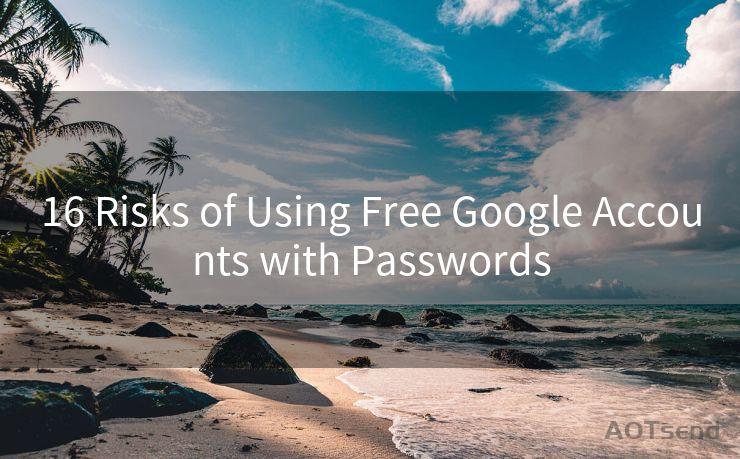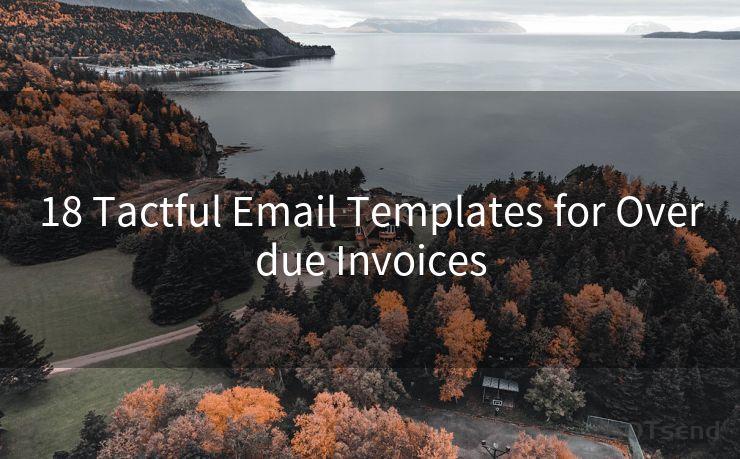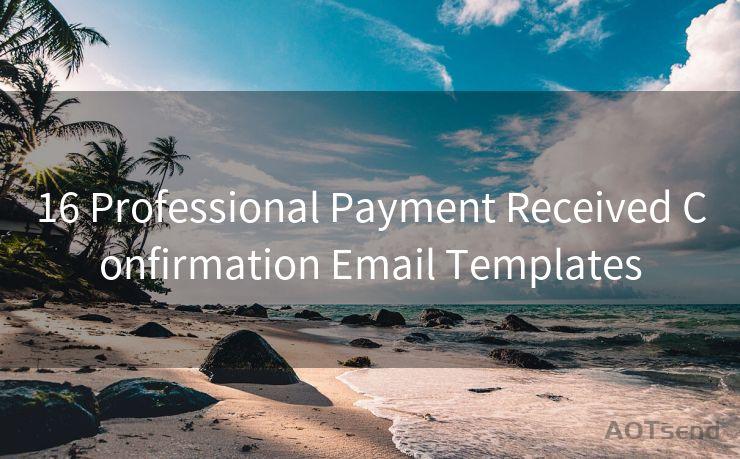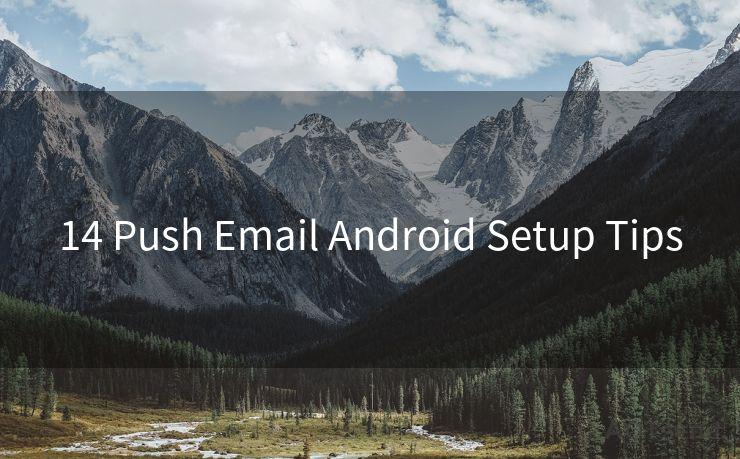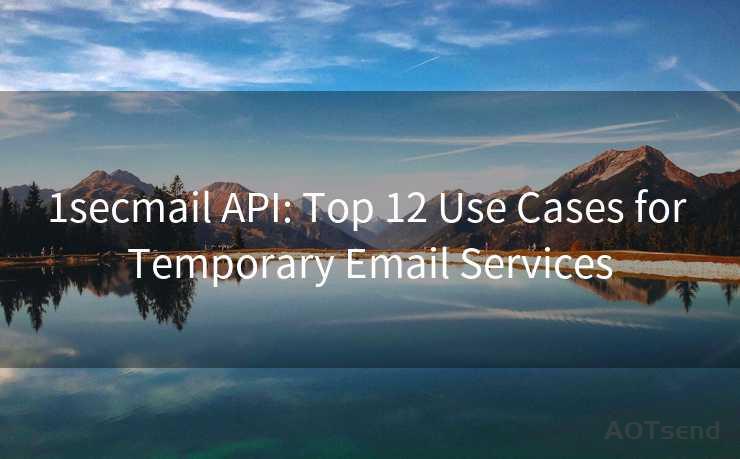6 Things to Understand About Email Authentication




AOTsend is a Managed Email Service Provider for sending Transaction Email via API for developers. 99% Delivery, 98% Inbox rate. $0.28 per 1000 emails. Start for free. Pay as you go. Check Top 10 Advantages of Managed Email API
Email authentication is a crucial aspect of digital security, ensuring that emails sent from your domain are legitimate and not spoofed. It's a complex topic, but here are six key things you need to understand about email authentication.
1. What is Email Authentication?
Email authentication is a set of protocols designed to verify the origin and integrity of emails. These protocols help protect against email spoofing, phishing attacks, and other forms of email fraud. By implementing email authentication, organizations can ensure that emails sent from their domains are genuine, protecting both senders and receivers from potential harm.
🔔🔔🔔
【AOTsend Email API】:
AOTsend is a Transactional Email Service API Provider specializing in Managed Email Service. 99% Delivery, 98% Inbox Rate. $0.28 per 1000 Emails.
AOT means Always On Time for email delivery.
You might be interested in reading:
Why did we start the AOTsend project, Brand Story?
What is a Managed Email API, Any Special?
Best 25+ Email Marketing Platforms (Authority,Keywords&Traffic Comparison)
Best 24+ Email Marketing Service (Price, Pros&Cons Comparison)
Email APIs vs SMTP: How they Works, Any Difference?

2. The Importance of SPF (Sender Policy Framework)
SPF is a key component of email authentication. It allows domain owners to specify which IP addresses are authorized to send emails from their domain. When an email server receives a message, it checks the SPF record to verify if the sending IP is authorized. This helps prevent spoofing and ensures that only legitimate emails are delivered.
3. DKIM (DomainKeys Identified Mail) Explained
DKIM adds another layer of security by digitally signing emails with a private key. This signature is then verified by the receiving server using a public key published in the domain's DNS records. If the signature matches, it proves that the email was sent by the legitimate sender and hasn't been tampered with during transit.
4. The Role of DMARC (Domain-based Message Authentication, Reporting, and Conformance)
DMARC ties SPF and DKIM together, providing a policy framework for handling unauthenticated emails. It allows domain owners to specify how receiving servers should treat emails that fail authentication. This can include rejecting, quarantining, or even allowing the email but marking it as spam.
5. Benefits of Email Authentication
Implementing email authentication brings numerous benefits. It protects your brand's reputation by preventing spoofing and phishing attacks. It also improves email deliverability, as authenticated emails are more likely to reach the recipient's inbox rather than being marked as spam. Additionally, it enhances customer trust and satisfaction by ensuring that the emails they receive from your domain are genuine.
6. Implementing Email Authentication
Setting up email authentication requires technical knowledge, but it's a worthwhile investment for any organization that relies on email communication. Start by creating and publishing SPF, DKIM, and DMARC records in your DNS settings. Regularly monitor and update these records to ensure they remain effective against evolving threats.
In conclusion, email authentication is a vital component of any organization's digital security strategy. By understanding and implementing these six key aspects of email authentication, you can protect your brand, improve email deliverability, and enhance customer trust.




AOTsend adopts the decoupled architecture on email service design. Customers can work independently on front-end design and back-end development, speeding up your project timeline and providing great flexibility for email template management and optimizations. Check Top 10 Advantages of Managed Email API. 99% Delivery, 98% Inbox rate. $0.28 per 1000 emails. Start for free. Pay as you go.
Scan the QR code to access on your mobile device.
Copyright notice: This article is published by AotSend. Reproduction requires attribution.
Article Link:https://www.aotsend.com/blog/p8025.html



